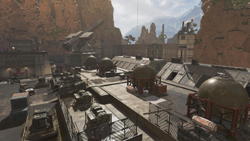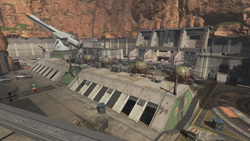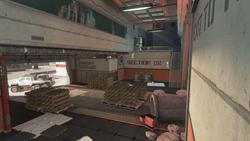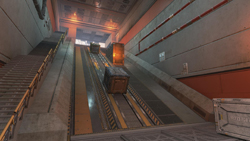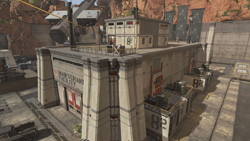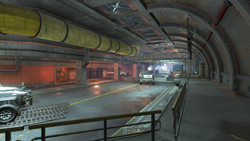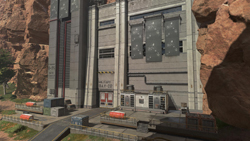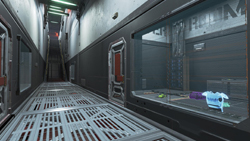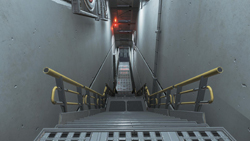MARKET
|
|
Market
is popular partly because it's near the center of the map, but also
because it's an enclosed space that players can easily understand. It's
also a very visible shape from the plane.
It's designed to be its own little deathmatch area. I use this idea in
lots of Kings Canyon locations, but this is the one that embodies it
the most. It's fully enclosed, and in the days of Quake, this could be
an entire, small deathmatch map.
Being enclosed forces some different gameplay. There are very little
positioning & flanking options compared to fighting out in the
open. There are no airstrikes or distant snipers. Getting third partied
is less frequent because that team would need to breach the Market
doors, which is a lot scarier than engaging 2 teams fighting from afar
with a Longbow.
Later in the game, the Market meta shifts. The inside has been looted,
so the rooftop becomes a power position to hold a very heavily
trafficed junction.
The windmill town to the South is used precisely to give options for
players to loot and fight against a team on the Market roof. This is
one of my favorite fights in the game because it can get so hectic. If
the team at windmill town can supress the Market team for just a bit,
they can push past the open space and get underneath them. Then, it's
all out chaos, players poking up at different angles to fight the
rooftop, and controlling that Market roof feels very scary.
On a personal note, you can find a small homage to my pup of 12 years
(Shadie) in a corner of the Market. She passed away while I was working
on Kings Canyon, and this little shrine helped me get through that.
|
click on a
thumbnail to see a larger image
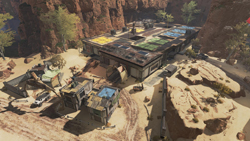
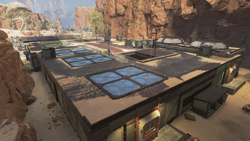 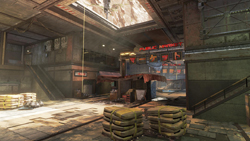 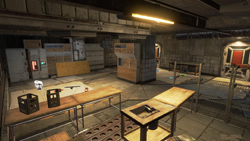  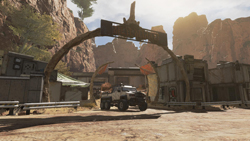
|









